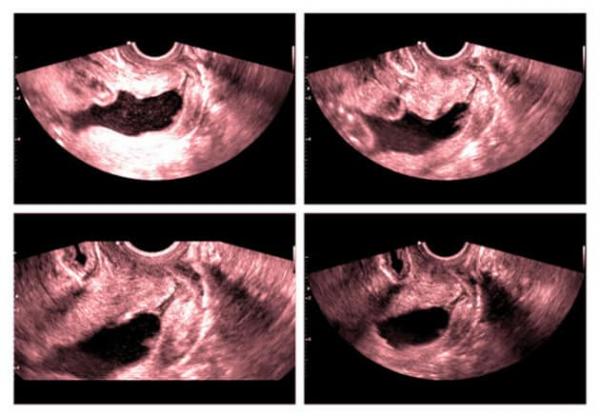
Using a calendar to avoid or try for pregnancy is not the most effective birth control method, but knowing when you're most fertile can inform you of the days you're most likely to become pregnant.
Bringing a child into this world is beautiful and exciting when you're emotionally and financially ready. Know and understand your body so you can be prepared for this momentous step in life.
Know your body and understand your period with these two steps
1. Determine the length and regularity of your periods
A cycle normally lasts around 28 days. Your cycle begins the moment you start bleeding on your period and lasts until the first day of your next period.
Your cycle can last from 23 to 35 days and can be regular (same duration and frequency) or irregular (each month is different). Regular cycles make it easy to use fertility awareness as a method of birth control or to try for pregnancy. But, if you have an irregular cycle, it's difficult to track because you ovulate at different times.
2. Understand how your cycle works
Days one through five
If you're not pregnant, your progesterone and estrogen levels will be low. Your temperature will drop and your uterus will begin to remove all the tissue it prepared for a possible pregnancy (your period will start).
At this time, the chances of you getting pregnant are almost zero.
Days six and seven
Your brain receives a signal that it's time for an egg to mature. Ovaries usually take turns ovulating each month, so one of your two ovaries will prepare to release an egg.
It is possible to get pregnant at this time, because sperm can live up to five days inside your body.
Days eight and nine
Your estrogen levels increase and your uterus begins to prepare for a baby.
Day 10
Your cervical mucus (also called vaginal discharge) changes appearance. It will be more watery than usual. You should not have unprotected sex at this stage in your cycle unless you're planning a pregnancy.
Day 12
Your cervical mucus stretches and has an egg-white color. This discharge acts to help sperm reach your egg, so this type of flow means you're very fertile.
Day 13
Your estrogen levels increase dramatically, your body temperature rises and ovulation (when your egg is released) occurs within the next 12 hours.
Day 14
Ovulation occurs on this day. If you're wanting to get pregnant, today is the day to try.
Day 15
The now empty ovary raises estrogen and progesterone levels so the body can prepare for a possible pregnancy.
Day 17
Your body temperature lowers and your fertile window closes for the month.
Day 18
Your vaginal discharge changes appearance from transparent to creamy and cloudy.
Day 21 to 22
Your progesterone levels increase.
Day 25
The lining your uterus prepared for a possible pregnancy begins to break down.
Day 27
Your body doesn't produce any vaginal discharge.
Day 28
Your progesterone levels drop and your period begins if you're not pregnant.
After your fertility window closes, your chances of getting pregnant are extremely slim. If you're trying to conceive, try between days six and 16. Know your body, observe your discharge and watch the regularity and length of your periods so you will be able to avoid getting pregnant or know the best time to try for a baby.
This article is adapted and translated from the original, "2 pasos sencillos para diferenciar, sin equivocarte, tus días infértiles de los fértiles (tu período día por día)." It was originally published on familias.com.
Like what you see? Sign up here for our weekly FamilyShare email.

